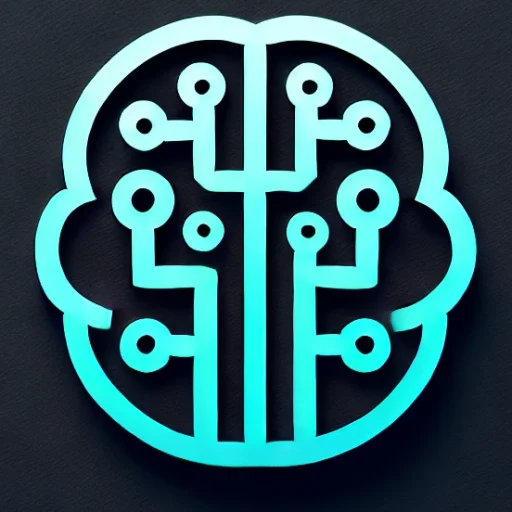
Introduction
In the rapidly evolving landscape of artificial intelligence, one of the most transformative advancements is generative AI. As we stand on the brink of a technological revolution, generative AI is leading the charge, reshaping industries, and rewriting the rulebook of creativity and innovation. This blog post explores the profound impact generative AI is having on technology today, its latest advancements, applications, and the challenges and future outlook of this pioneering domain.
Key Insights & Latest Advancements
Generative AI, a subset of artificial intelligence, involves algorithms that can generate new content, ranging from text to images, music, and even complex designs. Recent breakthroughs, such as the development of OpenAI’s GPT-4 and Google’s Imagen, have showcased the remarkable potential of these generative models. These systems not only understand context with unprecedented depth but also create content indistinguishable from human-generated outputs. The leap in accuracy, coherence, and creativity is setting new benchmarks.
A significant advancement in this field is the integration of generative adversarial networks (GANs), which have enhanced the ability to produce high-quality synthetic data. This has broad implications, particularly in fields like medicine, where synthetic medical imaging data is used for training advanced diagnostic models without compromising patient privacy.
Real-World Applications
Generative AI is not just a theoretical marvel; it is actively transforming various sectors:
- Content Creation: Automating the process of content generation for marketing, scriptwriting, and journalism, allowing human creators to focus on strategic and creative oversight rather than mundane drafting tasks.
- Healthcare: Creating synthetic data to train medical models, discovering new drugs by simulating complex molecular interactions, and personalizing healthcare plans.
- Design and Art: Enabling artists and designers to push the boundaries of creativity, generating new styles and motifs that were previously unimaginable.
- Gaming and Entertainment: Automatically generating new game levels, characters, and narratives, providing a richer and more immersive experience for users.
Challenges & Future Outlook
Despite its potential, generative AI faces significant challenges. The ethical implications of content generation are a primary concern. Issues such as deepfakes and the authenticity of content necessitate robust regulatory frameworks and ethical guidelines. Additionally, the computational power required for training large models presents environmental concerns and emphasizes the need for more energy-efficient technologies.
Looking ahead, the future of generative AI is promising but requires thoughtful navigation. Innovations in computational efficiency, along with comprehensive ethical oversight, are crucial to harnessing the full potential of generative AI without unintended consequences.
Conclusion
In conclusion, generative AI stands as one of the most significant advancements in artificial intelligence and computing today. Its ability to generate diverse and high-quality content presents vast opportunities across industries while simultaneously posing new challenges. As we continue to unlock the potential of generative AI, it is essential to balance innovation with ethics, ensuring that this powerful technology serves humanity positively.
Key Takeaways: Generative AI is revolutionizing numerous fields through its creative capabilities, offering immense potential while highlighting the need for ethical diligence and sustainability in technological advancements.

